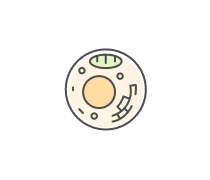Bio 181 Chapter 12 And 13. Meiosis And Mitosis
2.
You may optionally provide this to label your report, leaderboard, or certificate.
Submit
Submit
×
Thank you for your feedback!
















